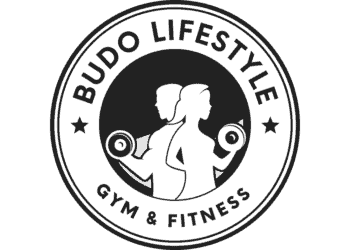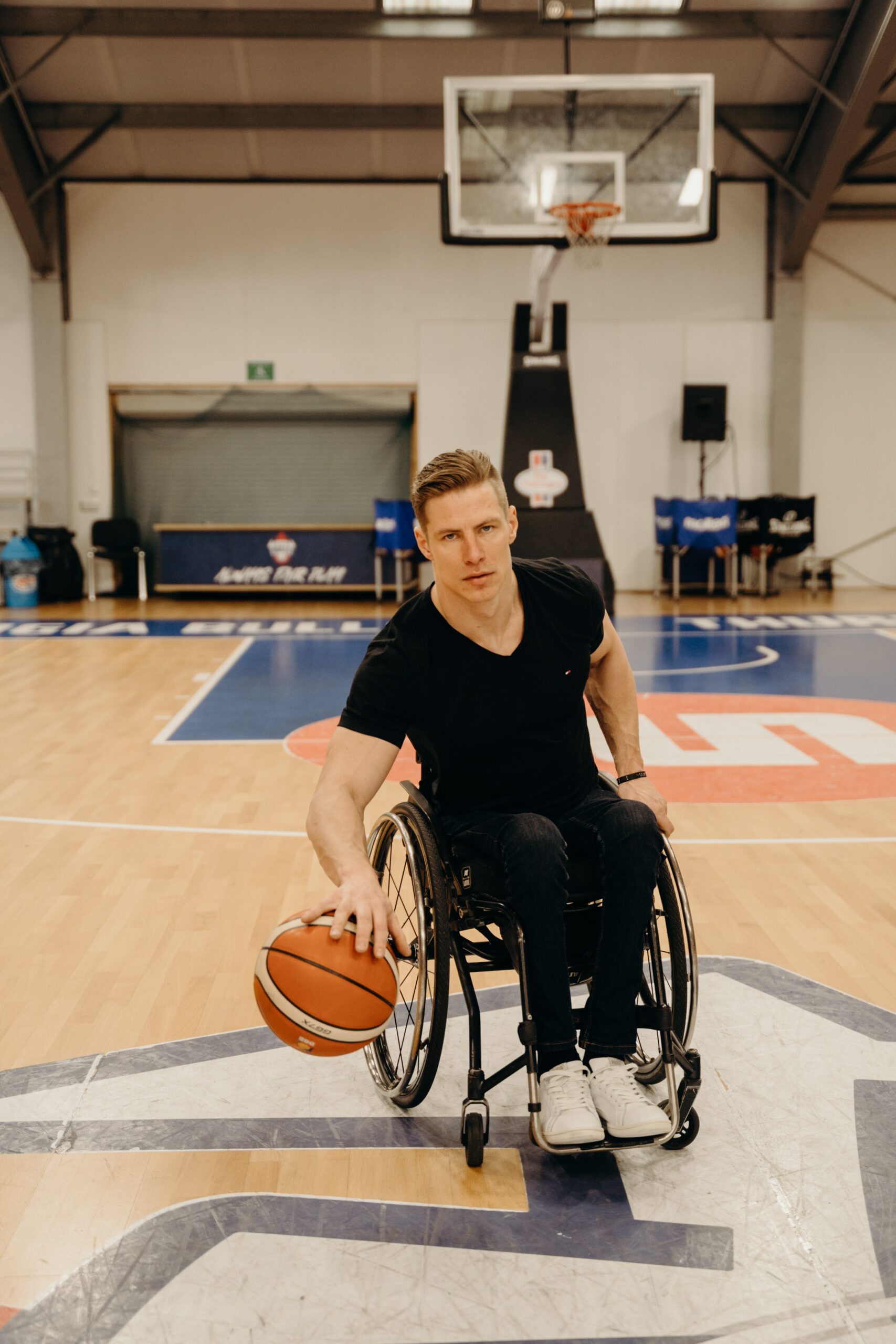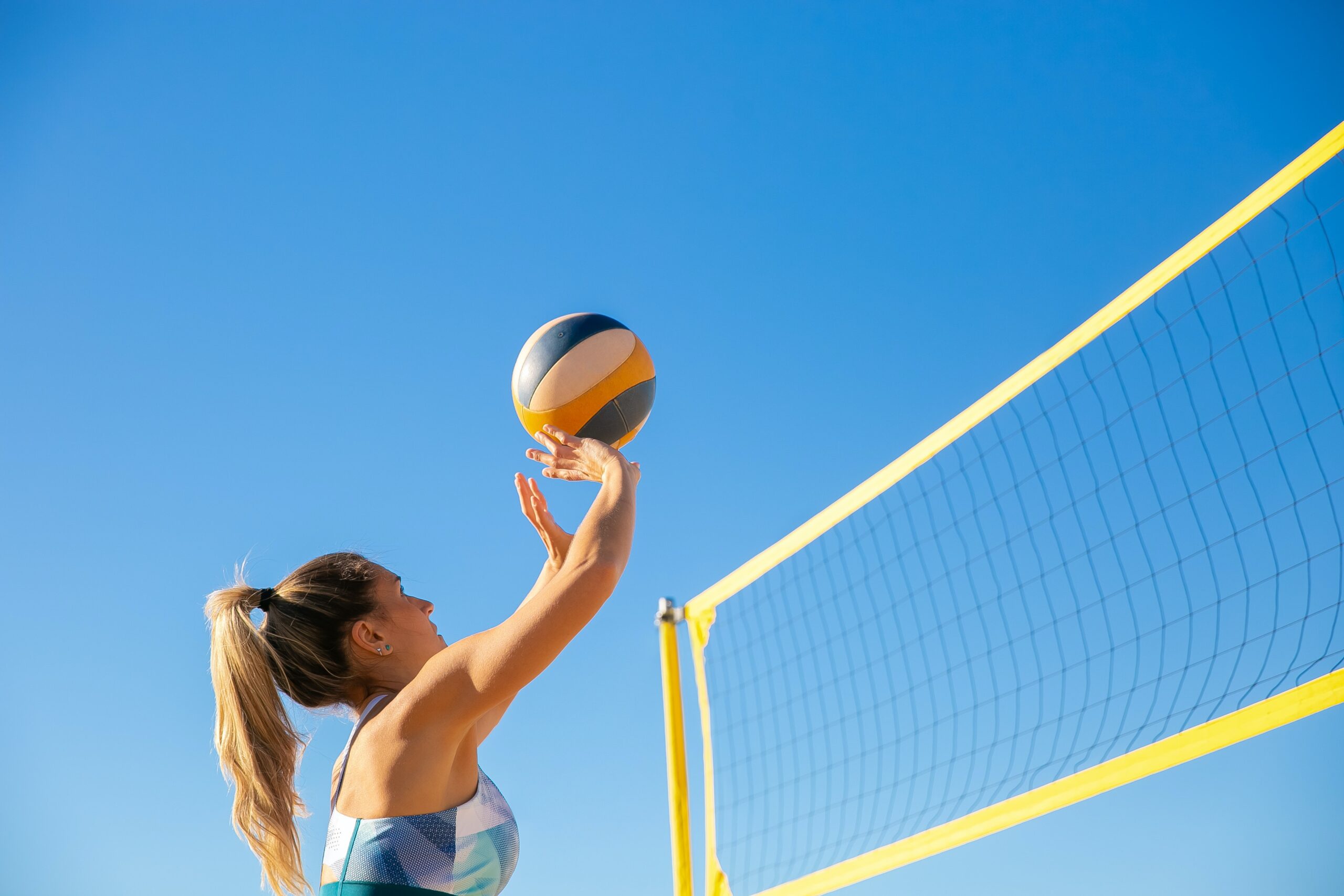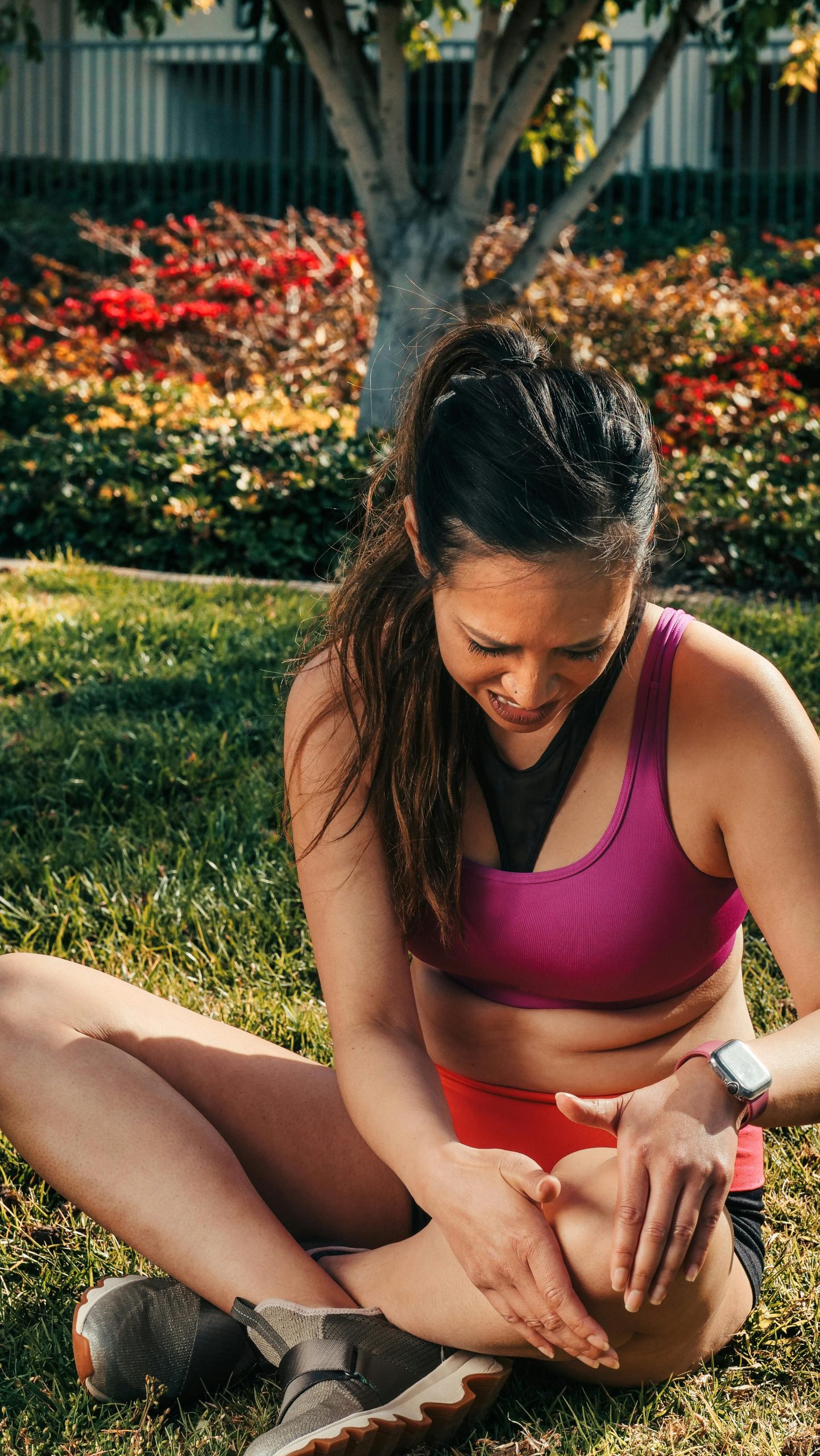Physical activity is an important part of a healthy lifestyle for everyone, including persons with disabilities. People with disabilities often face physical, emotional, and social barriers. That can make it difficult for them to participate in physical activity. Despite these challenges, engaging in physical activity can provide a wide range of benefits for people with disabilities.
Why should people with disabilities exercise?
Physical activity can help to:
improve physical function
reduce pain
promote mental health, and
reduce the risk of chronic health condition
Additionally, physical activity can provide social benefits such as:
increased self-confidence,
improved social relationships, and
increased independence.
To maximize the health benefits, people with disabilities should work with their healthcare providers. They should develop an individualized physical activity plan that fits their needs and abilities. With appropriate guidance and support, people with disabilities can enjoy the many physical, mental, and social benefits of physical activity.
Social interaction is important for people with disabilities
Adaptive sports and recreation for people with physical disabilities provide an opportunity for them to engage in physical activity and social interaction. It can help improve physical, mental and emotional health of people with physical disabilities. It can provide physical exercise, socialization, and a sense of accomplishment. These programs are available for a variety of disabilities, such as spinal cord injuries, cerebral palsy, multiple sclerosis, and visual impairments.
Adaptive sports offer many benefits such as improved physical health and increased self-confidence. It can also provide a sense of community and a feeling of belonging. In addition to providing physical activity, adaptive sports and recreation can be used to teach life skills, such as problem-solving, decision-making, and communication. These sports and recreation also provide a way for people with disabilities to interact with their peers and to develop relationships. It can also help to reduce the stigma associated with disabilities and increase awareness of the abilities of people with disabilities.
Available adaptive sports and recreation options
There are a variety of adaptive sports and recreation options available for people with physical disabilities, including:
- wheelchair basketball,
- adaptive golf,
- wheelchair tennis
- adaptive skiing and snowboarding, and
- adaptive martial arts.
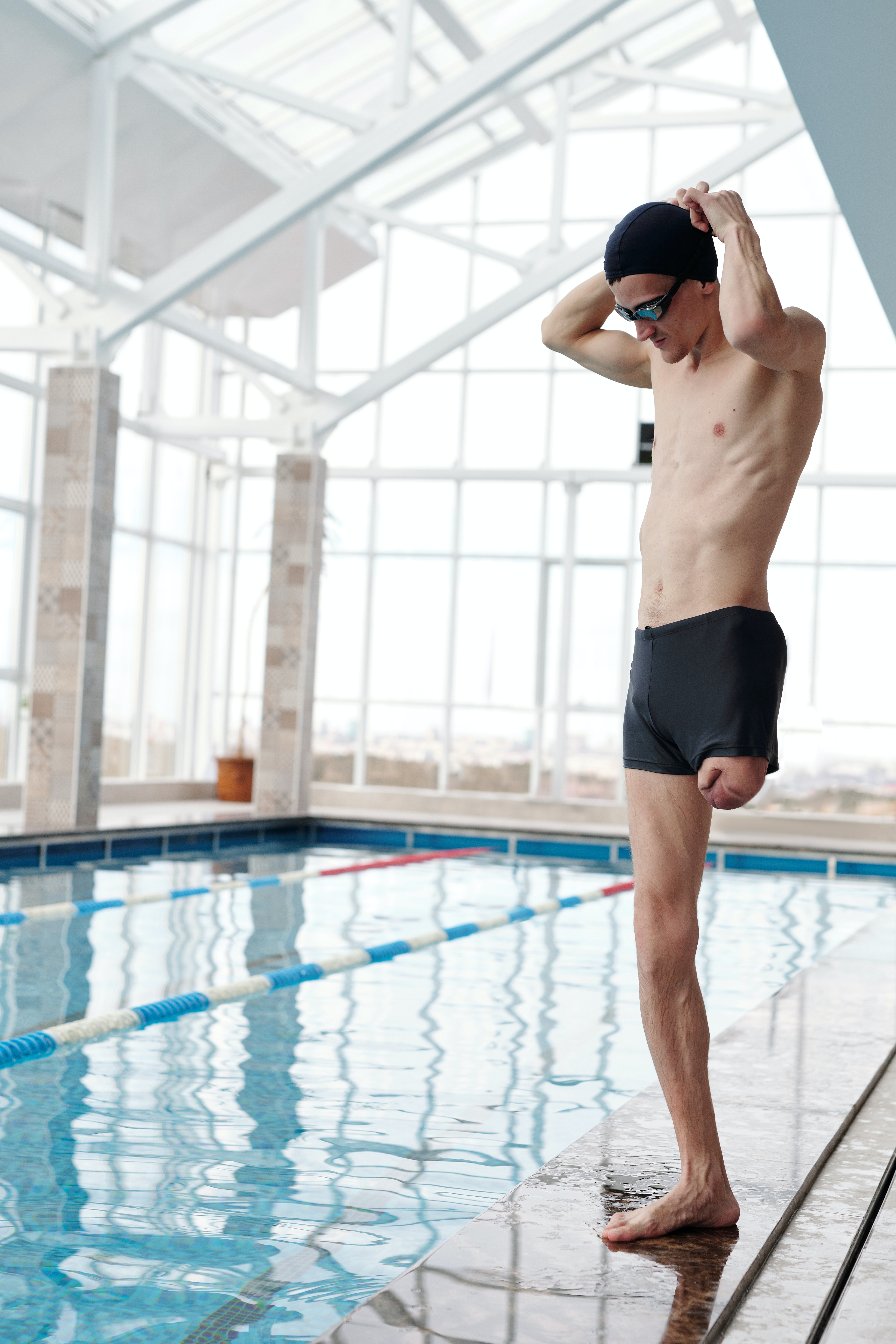
It is important for people with physical disabilities to find an adaptive sport or recreation program that is appropriate for their level of physical ability. It is also important to ensure that the program provides a safe and supportive environment.
Accessing appropriate exercise facilities can be a challenge
Exercise is an important part of maintaining physical and mental health, but for those with physical disabilities, accessing appropriate exercise facilities can be a challenge. To ensure that everyone can benefit from physical activity, facilities must be designed with accessibility in mind. This means providing adequate equipment and space for wheelchair users, as well as the necessary equipment and staff to help those who may require additional support, such as those with visual impairments. Facilities should also ensure that people with physical disabilities are not excluded or treated differently than those without disabilities.
For example, some gyms may not provide equipment that is suitable for those with limited mobility, or have staff who are not knowledgeable about how to assist people with disabilities. It is important to create an environment where all people feel comfortable and respected. Additionally, it is important to provide accessible exercise programs, such as adapted yoga or swimming classes. These types of programs can help those with physical disabilities to build strength and endurance, as well as providing a safe and supportive environment for them to exercise in. By providing these services, people with physical disabilities can be empowered to achieve their fitness goals, and enjoy the same benefits of physical activity as everyone else.
Consult with your doctor or physical therapist prior to starting any exercise program
Starting an exercise program with a physical disability can be challenging, but with the right approach and support, it can also be incredibly rewarding. It’s important to consult with your doctor or physical therapist prior to starting any exercise program, and to make sure to follow their instructions. Everyone’s physical disability is different, so it is important to find an exercise program that fits your individual needs.
Consider your physical limitations, and determine what type of exercises you can do safely. Try to focus on low-impact activities such as swimming, yoga, or cycling. Start slowly and gradually increase the intensity of your exercise over time. Choose exercises that will help strengthen your core muscles, as this will provide stability and support. Make sure to use proper form and technique when performing any exercise, and be mindful of your posture and alignment.
